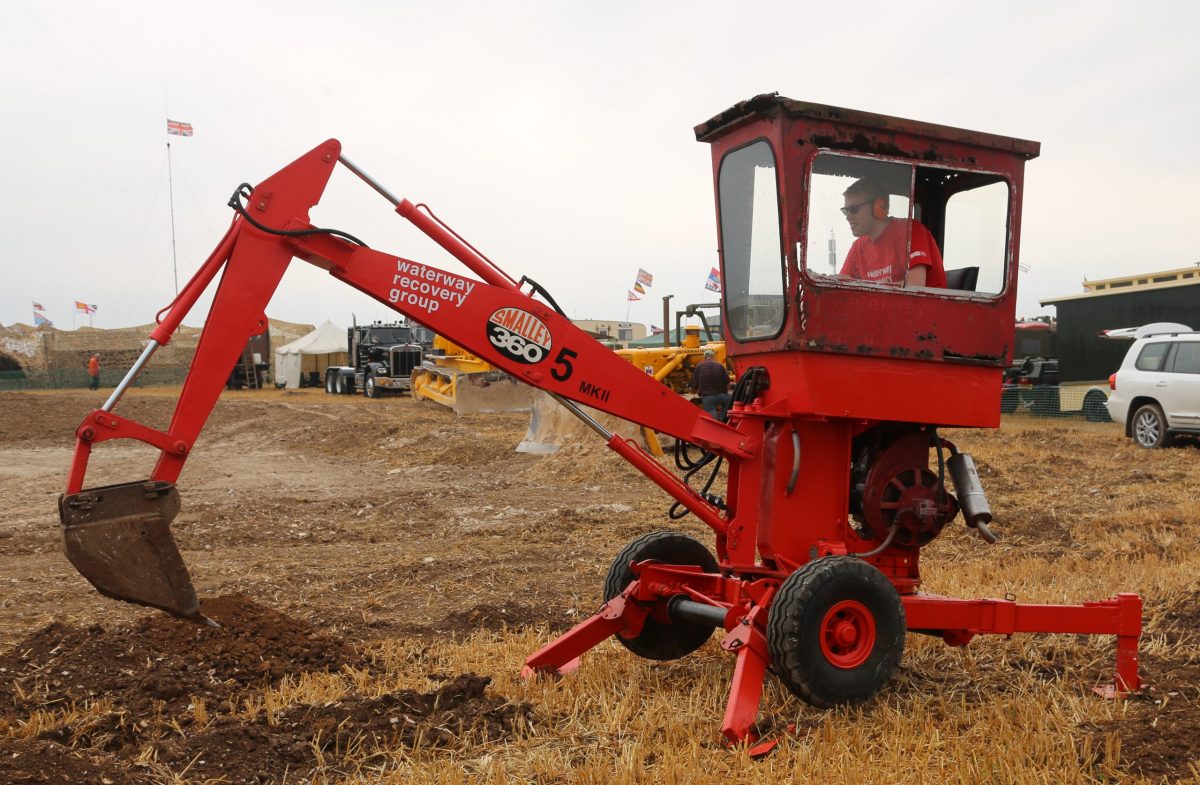
By UK Wikimedian and copyright enthusiast Geni
Spoiler:Its a terrible broken system which is part of the reason Wikipedia went copyleft in the first place. Please note that this is not legal advice. If you want that, ask a lawyer or, given the mess some bits of the law are in, 5 supreme court judges.
To be honest, this would be better titled “what you can upload photographs of without Commons rightfully complaining”.
The first thing you have to consider is: is the subject of the photo 3D or 2D? 2D and 3D subjects are dealt with very differently so see the relevant section for the subject you are interested in (objects with more than 3 dimensions are probably the same as 3D objects but there is no caselaw).
3D subjects
The good news is that the UK is one of the most liberal countries when it comes to photographing 3D objects (formal term freedom of panorama). If its on 3D and on permanent display in a public place then you are free to photograph it. This covers buildings, statues, dolls and basically anything else that’s 3D (although the exact reasons why may vary).

To break it down a bit, permanent display means no specific plans to remove the subject at some point. Public place means places the general public regularly has access to. So things like market squares, museums and the more open type of church would be fine but a private house or factory would not be (and yes this can result in the weird situation where you can’t upload a photo of a figurine taken in your home but could upload a picture of an identical one on display a museum).
One exception to all of this is that it assumes the item is under copyright in the first place. If the author has been dead for 70 years or the subject is in the public domain for some other reason then the location of the object and its permeance doesn’t matter. A second exception is that it only applies to items that qualify for copyright at all. Under UK law functional items (tools machinery, clothing etc) that don’t rise to the level of artistic craftsmanship don’t qualify for copyright. Unfortunately the term “artistic craftsmanship” is only defined through caselaw and even then pretty poorly. Of the nominal standards, the easiest to work to involves judging author intent. If it appears that the author was trying to create an artwork then the subject is more likely to qualify for copyright than if it did not. For example a highly decorative lampshade might well qualify for copyright but a standard fluorescent strip light mounting would not.
2D subjects
While the UK may be liberal with 3D objects its very much the reverse with 2D. Photos of paintings, murals and graffiti (and any other 2D work) are copyright infringements if the original work is under copyright (which unless the author has been dead for 70 years it usually would be).

Incidental inclusion
The UK has an explicit allowance for incidental inclusion. Wikimedia Commons users tend to interpret this as meaning
that if something is not the subject of the photo you don’t need to worry about it. Graffiti on a building (where the photo is of the building) or a temporary sculpture in the corner of a village square are not an issue. Photos where those were the focus of the image would be a problem. Full details can be found at Commons:De minimis (the rough US equivalent).
The unreasonably difficult photo contest
If all this copyright stuff is boring or depressing then I can offer you the unreasonably difficult photo contest where none of the subjects present a copyright issue.






